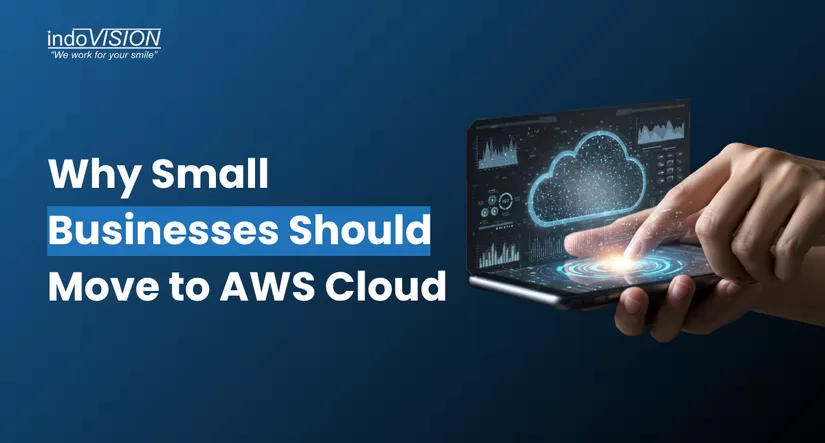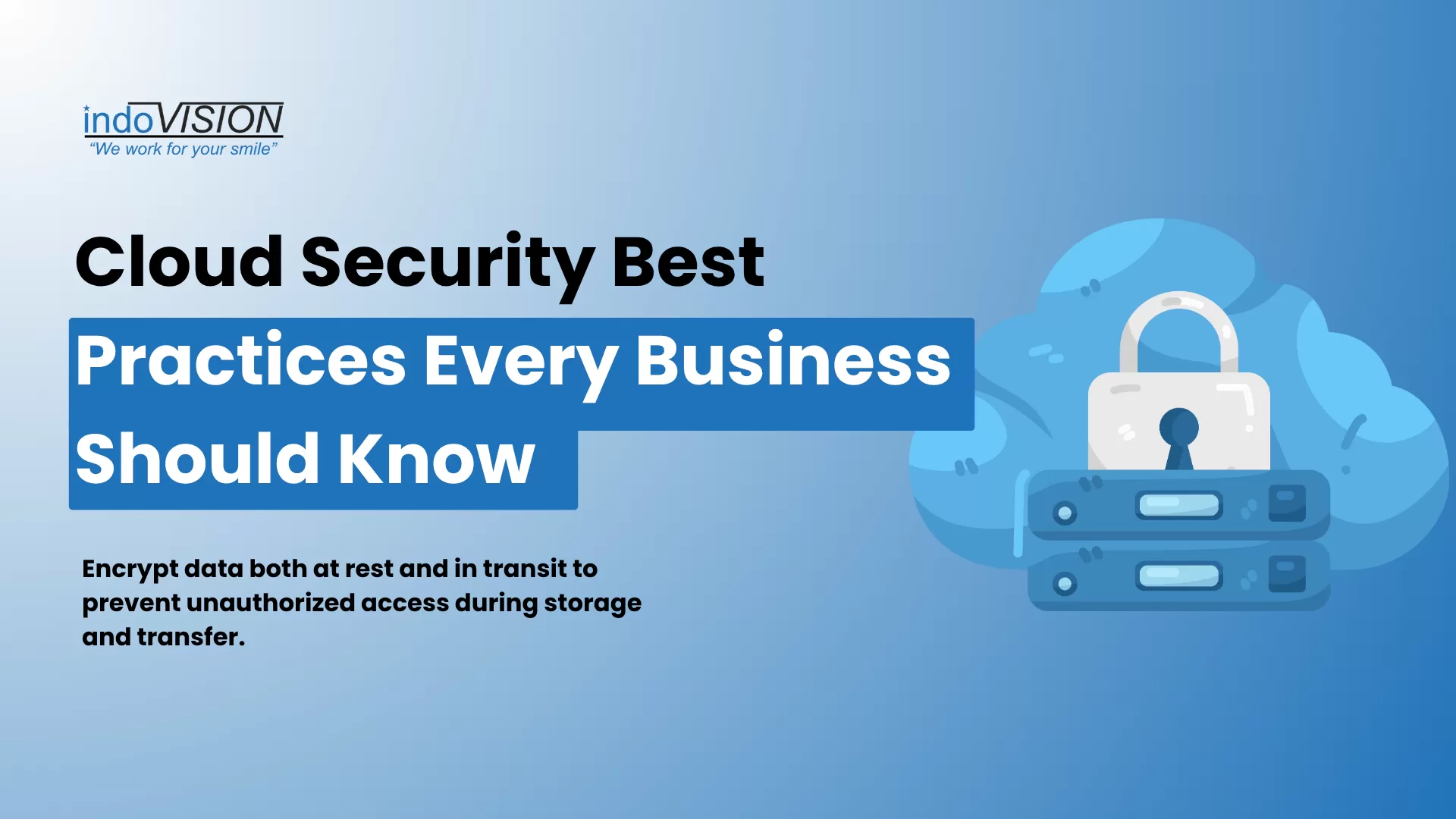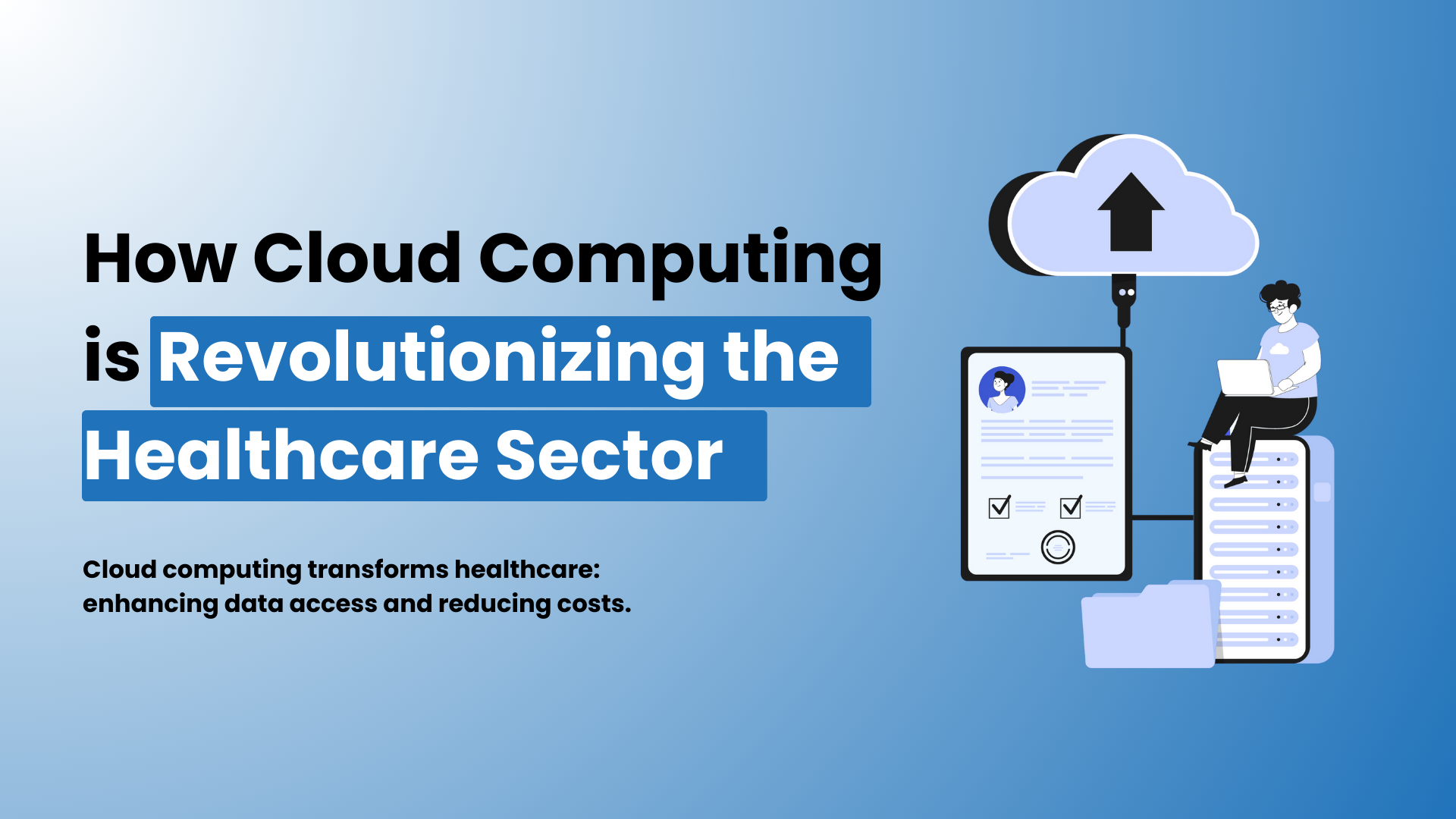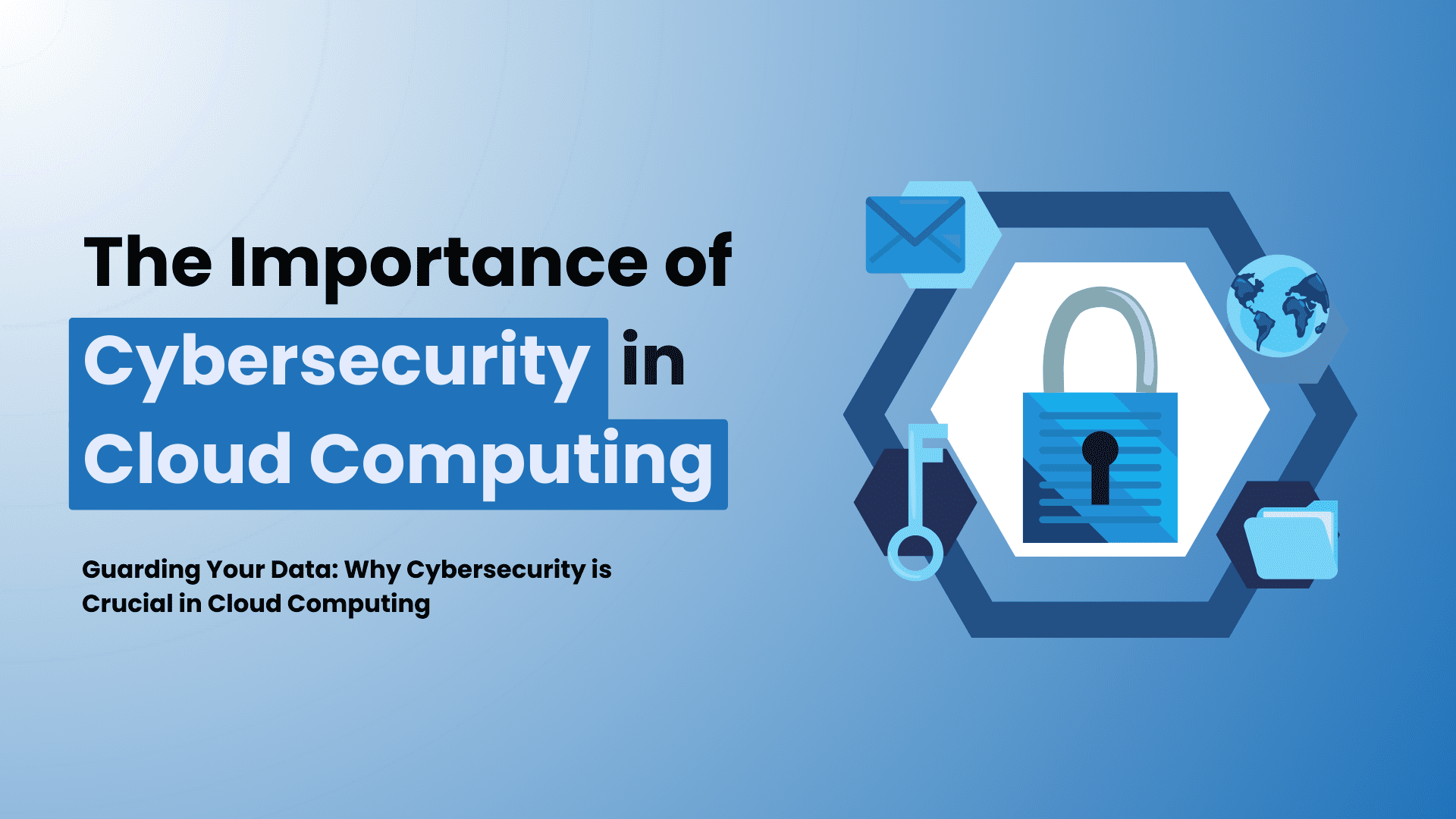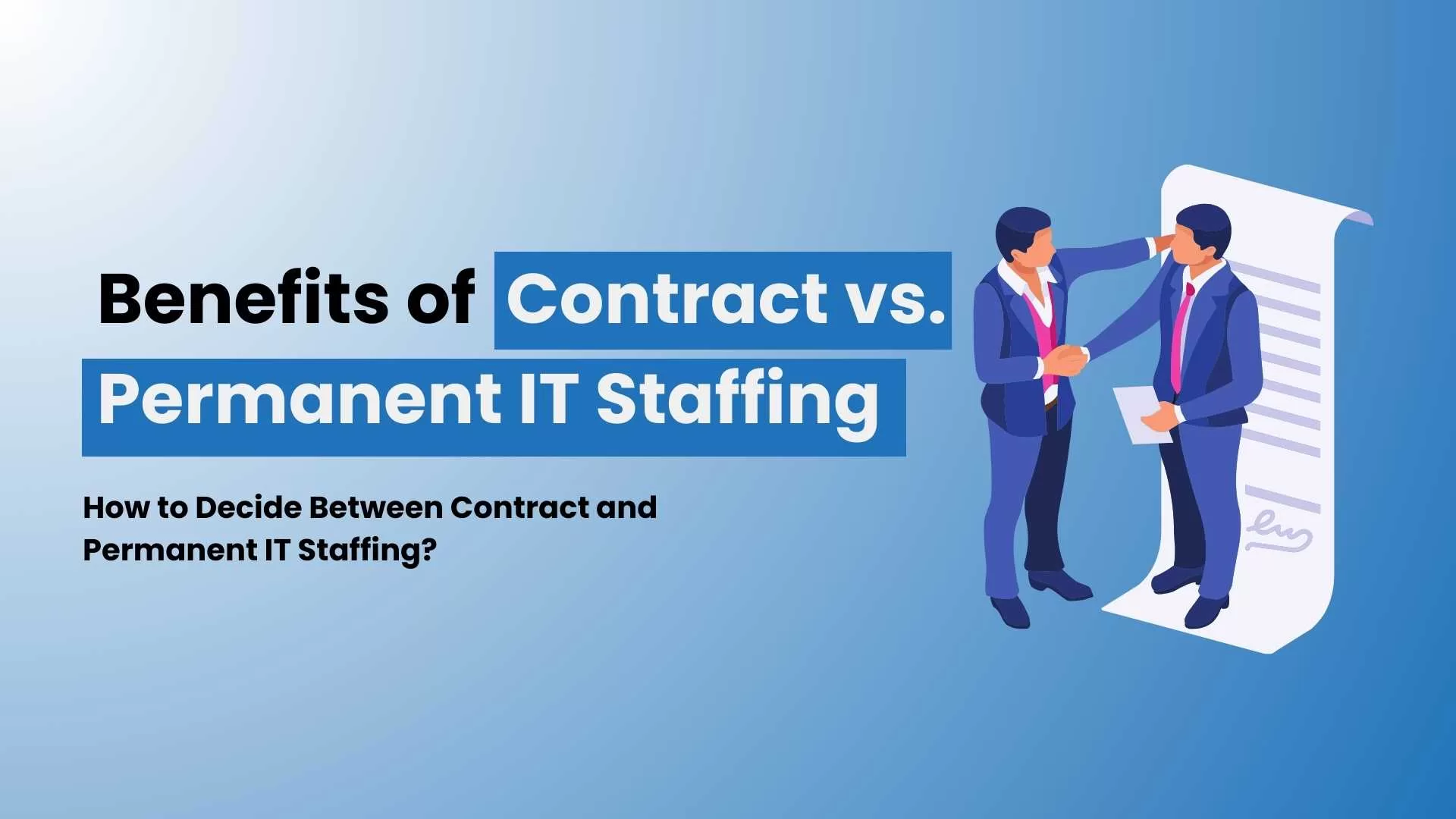The educational sector is fast becoming digital, with cloud computing central to that alteration. It provides scalable, flexible, and cost-effective solutions that enable educators and students to reach new heights in learning and innovation. This blog will consider the impact of cloud computing in the education sector, together with its benefits and challenges in relation to the upcoming trends in this ever-changing landscape.
Understand Cloud Computing in Education
Cloud computing is simply the provision of IT services—storage, computing power, databases, networking, software, analytics, and intelligence—over the internet, “the cloud,” to provide faster innovation, flexible resources, and economies of scale. Cloud technology will help ensure world-class teaching and learning experiences, administrative efficiency, and higher institutional efficacy in the education sector.
Advantages of Cloud Computing for Educational Endowments
- Improved Access: Cloud computing in learning means that students have access to any educational resource at any place, at any time, and using any internet-enabled device. It, therefore, is very flexible, in line with diverse learning styles, and has no geographical barriers.
- Increased Collaboration: Cloud-based tools enable smooth collaboration amongst students, teachers, and administrators. Sharing documents in real-time, online discussions, and group projects motivate collaborative learning.
- Cost-Effective Solutions: Cloud computing reduces both upfront and ongoing maintenance expenses for educational institutions through the elimination of on-premise hardware and software. Besides, it enables resource-efficient pay-per-use models.
- Security of Data and Disaster Recovery: Cloud providers make huge investments in data security measures; hence, the sensitive information of students and institutions will get ideal protection from the best facilities available. Further, inbuilt solutions for backup in the cloud and recovery in case of disasters ensure business continuity when adverse situations crop up.
- Personalized Learning: Cloud-based analytics can help in the collection and analysis of student data, providing insight into exactly how teachers should modify instruction for each student based on his needs and preferences. Such personalization can increase student engagement and, consequently, results.
- Scalability: Because enrollment, workload, and application usage can go up or down, cloud computing provides flexibility in resources being scaled up or down.
Cloud Computing in K-12 Education
Learning Management System LMS
Cloud-based LMS platforms provide a single location to house course content, assignments, assessments, and even communication.
Student Information Systems SIS
Cloud-based SIS automates all administrative tasks for students regarding enrollment, attendance tracking, and grade management.
Digital Content Libraries
Cloud-based libraries give a student an access to humongous collections of digital textbooks, multimedia resources, and interactive learning materials.
Online Assessments
These are facilities through which educators can develop, administer, and efficiently grade assessments via online assessment platforms.
Cloud Computing Technology in Higher Education
Higher education institutions are utilizing the power of cloud computing to enhance and bring effectiveness to research, teaching, and administrative processes. Applications which appear to be very important are:
- Research Data Management: Data sharing, storage, and analysis on cloud-based platforms enable and accelerate research collaborations and discoveries.
- Virtual Labs: The students, so to say, can get firsthand experience with the scientific equipment and experiments on virtual labs resident on clouds, hence shifting from the physical lab spaces.
- Online Degree Programs: Cloud-based platforms enable and support online degree programs, hence increasing the access to higher education.
- Campus management: Systems are cloud-based for ease of streaming.
Challenges and Considerations
While many are the benefits, it is not without some challenges that the adoptions of cloud computing throw to educational institutions, including:
- Data Privacy and Security: Indeed, the privacy of students’ data and the institution’s database cannot be compromised. In this respect, each educational institution needs to consider the security of the cloud providers and institute additional measures over and above what the providers have in place.
- Internet Connectivity: Cloud-based services are sustained by good internet connectivity. Most schools in rural or underserved areas might experience poor connectivity.
- Digital Divide: Digital divide is going to act as a barrier to cloud-based resources for the students. The digital divide has to be reduced and access to technology has to be equated.
- Training to Teachers: Proper training has to be provided to teachers to enable them to effectively work on tools based on the cloud, and teachers have to learn how to integrate these tools in their teaching practices.
- Cost Control: Computing on the cloud can prove to be cost-effective, but usage is to be checked; spending has to be optimized to help avoid possible extra, unseen costs.
Cloud Computing in Education: Its Future
Cloud computing in education holds very good promise for the future, as new technologies and trends shape the learning and teaching landscape. Key developments that need watching are as follows:
- Artificial Intelligence: With AI-powered cloud-based platforms, learning experiences in a personalized manner, intelligent tutoring systems, and administrative tasks will become automated.
- Augmented and Virtual Reality (AR/VR): Cloud-based AR and VR applications will bring about great enhancement in the quality of student learning. They create immersive learning experiences through the simulation of real-world scenarios, hence increasing engagement.
- Edge computing: Bringing capabilities closer to the end-user, edge computing will reduce latency for applications like virtual labs and improve performance in real-time collaboration.
- Internet of Things (IoT): IoT devices will collect data from the physical environment, making possible new insights and applications for education.
As institutions of learning embrace cloud computing and update themselves on new trends, so will it be able to create learning environments that are rather innovative for their learners to become successful career individuals in the new digital age.
FAQs
How will cloud computing benefit schools and students?
Just imagine cloud computing as some sort of super-powered backpack for school and students. It helps teachers to make their lesson plans, students to access colleges anytime, everybody in school to connect and learn pretty well. Besides, it saves money and protects everybody’s information.
What Cloud-based tools could Schools use?
Schools can use cloud-based tools like Google Workspace for Education for collaboration, Microsoft 365 Education for productivity, Zoom for virtual classes, Canvas for learning management, and ClassDojo for parent-teacher communication.
What will students do with the cloud?
Online classrooms would appear, courtesy of cloud tools, as would file sharing and running experiments, not to mention making up tests. Imagine something like a real box of electronic magic for both learners and teachers!
They will turn learning into an interactive, flexible, and adaptive experience. From wherever they are, they can do their lessons or homework, work with their school projects along with their friends, and even be taught at or guided on their school work in an assisted manner by intelligent computer programs.
How will cloud computing help teachers?
It’s good-bye to paperwork and hello to freer teaching time for teachers! Cloud tools support activities such as grading, lesson planning, and sending messages home to parents. It’s like having an assistant!
How can cloud computing help schools?
It works just like a very sharp school administrator by reducing the money to be spent on computers and extra software, keeping everybody’s details safe, and the school running always.




